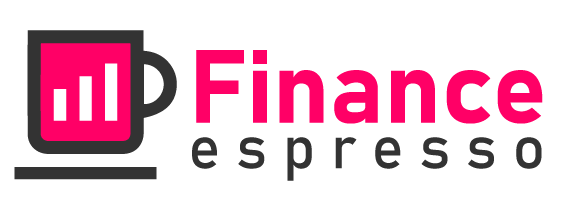A Guide to Understanding Personal Loans
Personal loans can be a great way to help finance large purchases, cover emergency expenses, or consolidate credit card debt. But applying for and managing personal loans can be anxiety-inducing when you don’t understand the process.
This guide will provide you with an in-depth understanding of personal loans and the steps you need to take to ensure you have the best loan for your current financial situation.
What is a Personal Loan?
A personal loan is a loan that is given by a lender to a borrower for personal, family, or household use. These loans are typically unsecured, meaning they don’t require collateral and borrowers don’t have to put up any property as a guarantee. Personal loans are often used to pay off expensive purchases, such as medical bills, home renovations, car repairs, vacations, and more.
Who Can Qualify For a Personal Loan?
The qualifications for a personal loan vary from lender to lender. Generally, you must meet minimum requirements for income and credit score, have a good credit history with no delinquencies or bankruptcies, and be a U.S. citizen or permanent resident.
It’s important to shop around for different lenders to find the best loan for your situation. Look for interest rates, fees, loan amounts, and repayment terms to find one that best fits your needs.
What Are the Benefits of a Personal Loan?
A personal loan can provide benefits to the borrower, such as:
- Lower interest rates than credit cards
- Flexible repayment terms
- No collateral required
- No prepayment penalty
- Money can be used for any purpose
How to Apply for a Personal Loan
Applying for a personal loan is easy and can typically be done online in a few minutes. You’ll need to provide detailed information about your financial situation and employment history. The application process can differ from lender to lender, so be sure to read their requirements before filling out the application.
How to Manage Your Personal Loan
Managing a personal loan is relatively easy if you keep track of your payments and make all of your payments on time. Depending on the lender, you may be able to make one-time payments or set up Automatic Clearing House (ACH) payments directly from your checking or savings account.
If you encounter problems, consider speaking with the lender as soon as possible. Many lenders have special policies for financial hardship, so don’t be afraid to reach out for help.
Conclusion
Understanding personal loans can be a bit overwhelming, but with this guide you now have the knowledge and tools needed to make the best decisions for you. A personal loan can help you cover those costly purchases and expenses, so you can keep your finances on track and stay debt-free.

